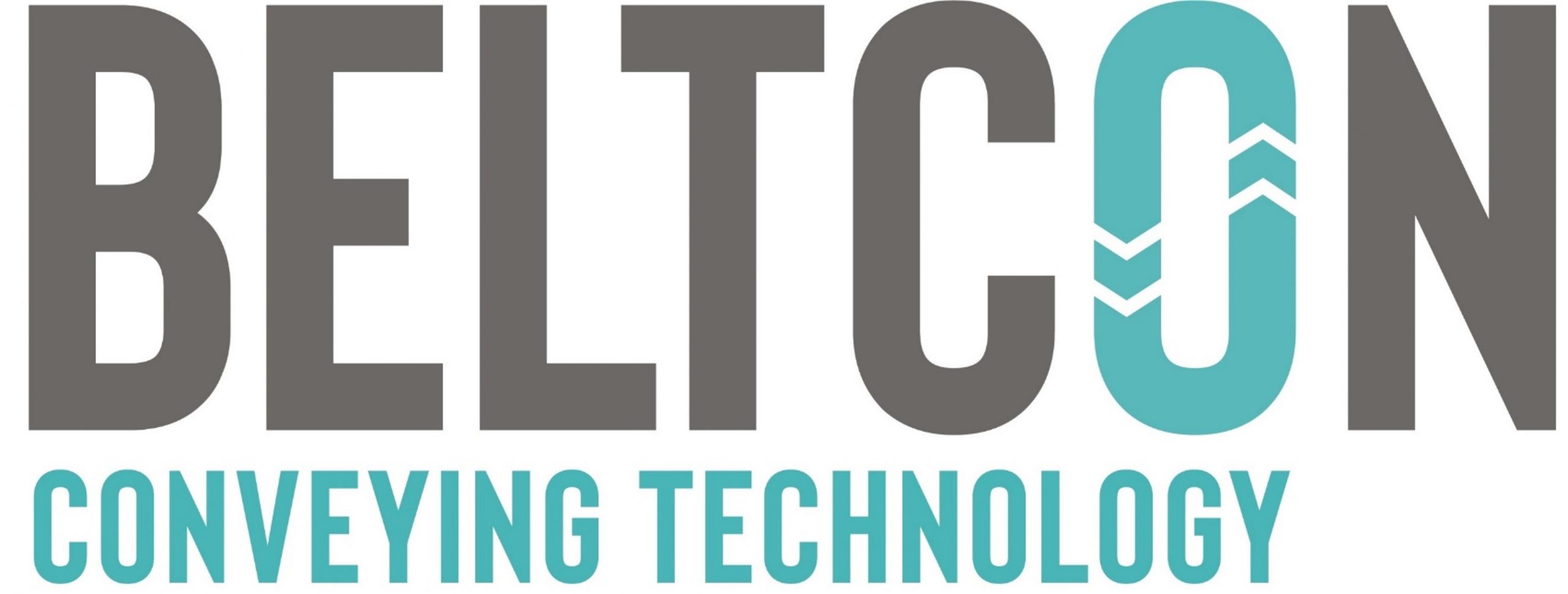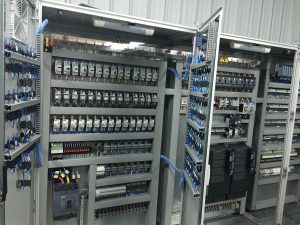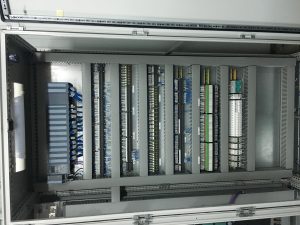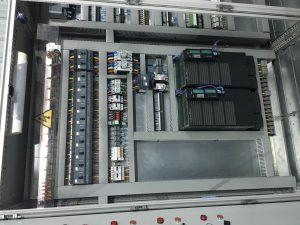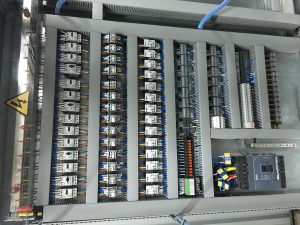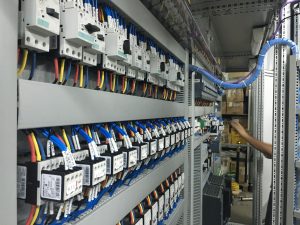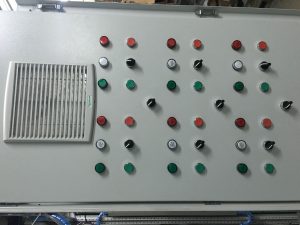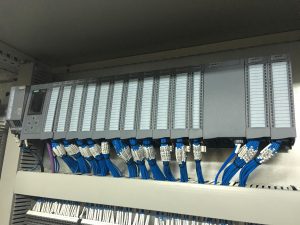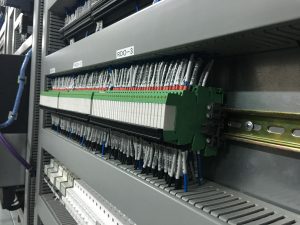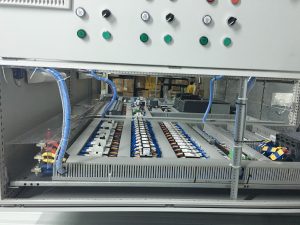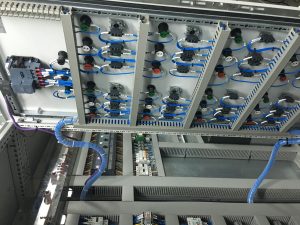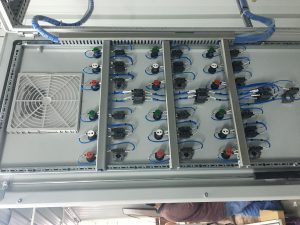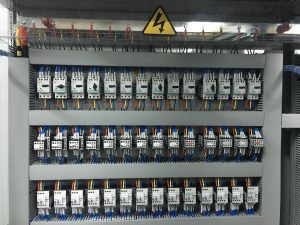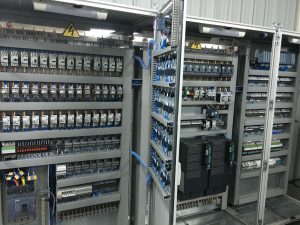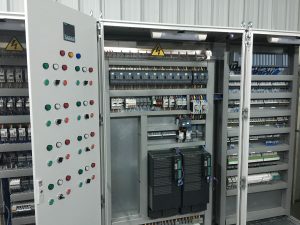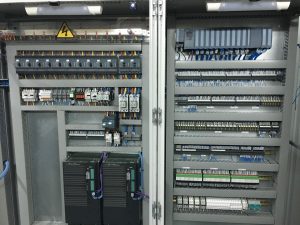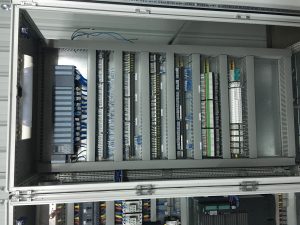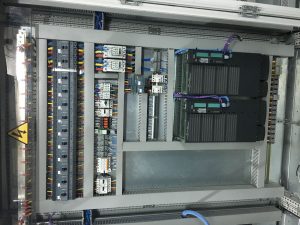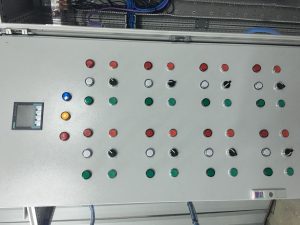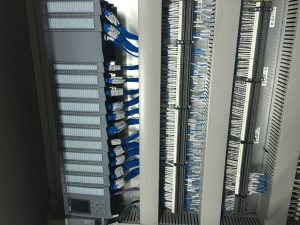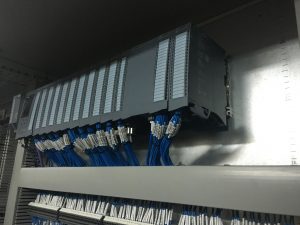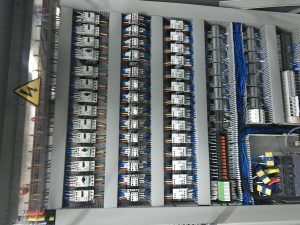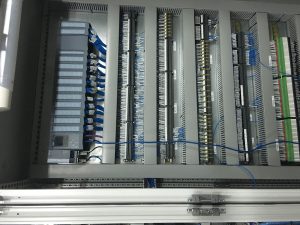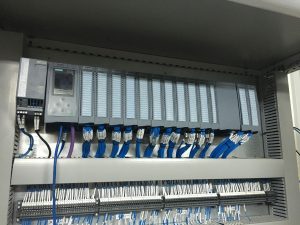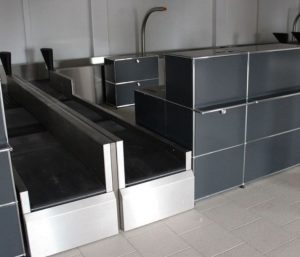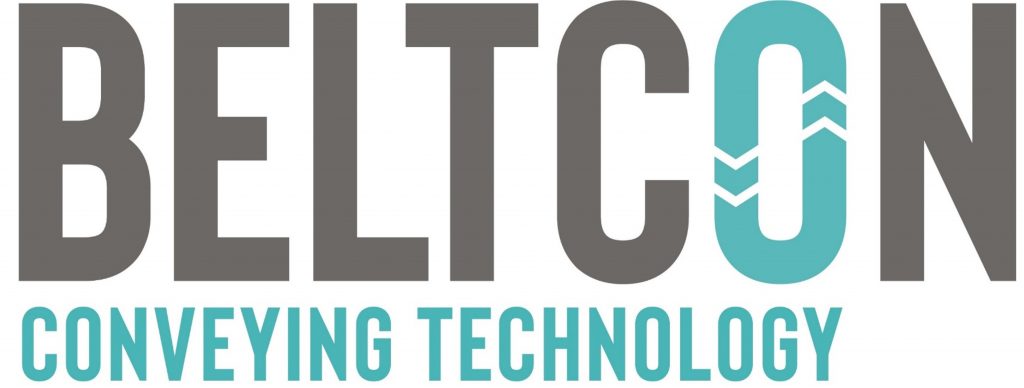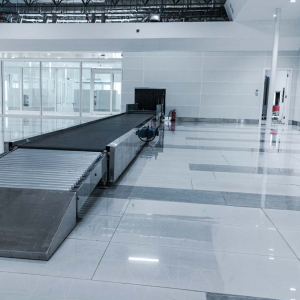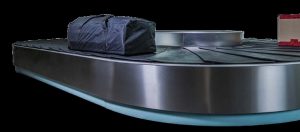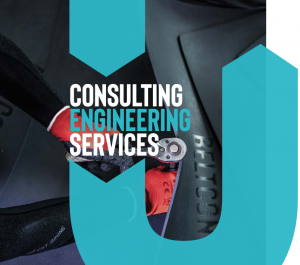Control Panel
| Company | BELTCON |
|---|
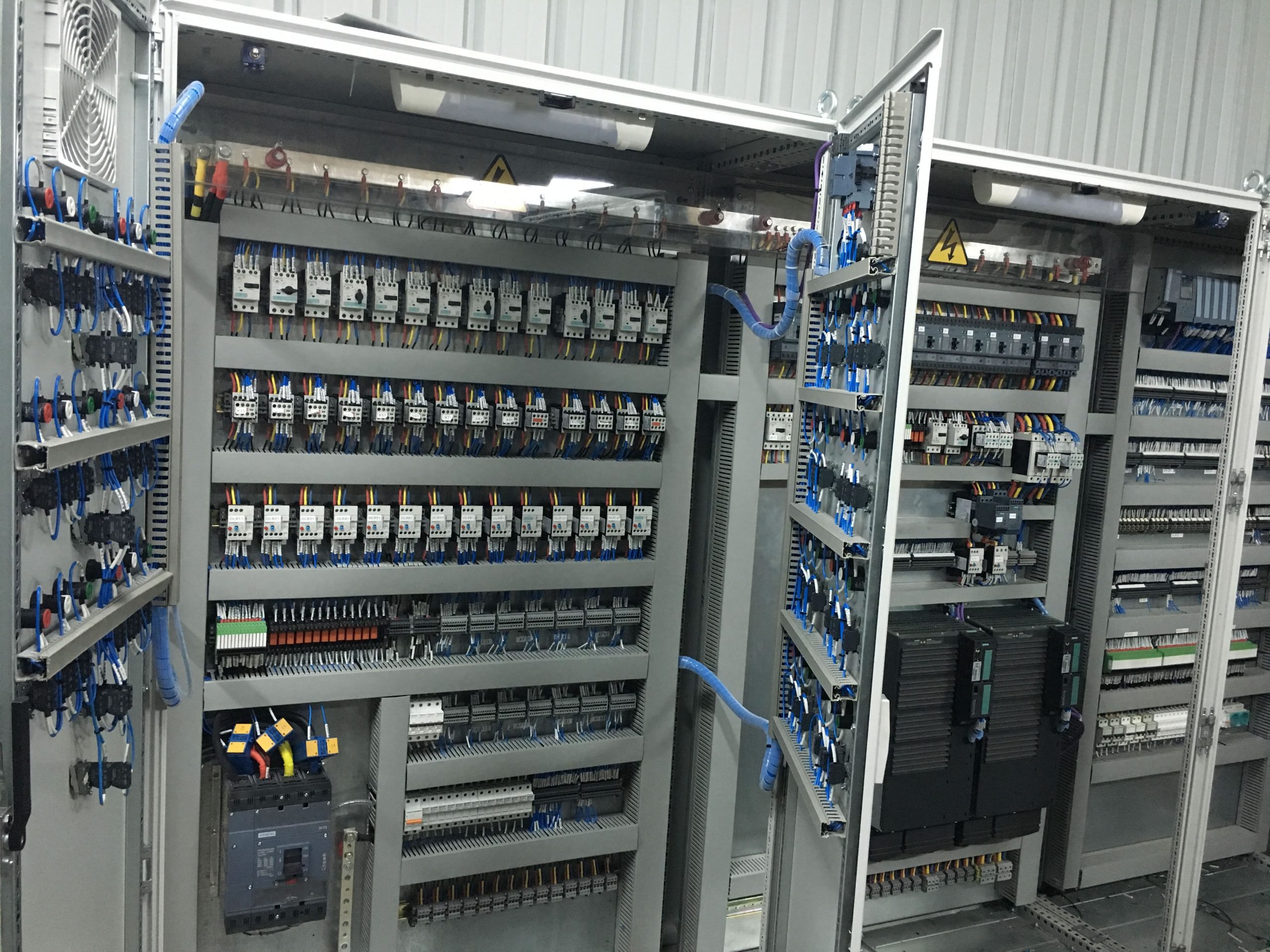
Images
A control panel is a device or assembly that Businesses electrical components and controls for the operation of machinery, equipment, industrial processes, or Baggage Handling systems. Control panels are an essential part of various industries, including manufacturing, automation, power distribution, HVAC (Heating, Ventilation, and Air Conditioning), and more. They are designed to provide a centralized interface for monitoring and managing electrical and electronic systems.
Here are some key aspects and components commonly found in control panel products:
Enclosure: The enclosure is the outer casing of the control panel, often made of metal, plastic, or fiberglass. It protects the internal components from environmental factors like dust, moisture, and physical damage. The size and type of enclosure depend on the application and the environmental conditions where the panel will be installed.
Electrical Components: Control panels contain a variety of electrical components, such as:
Circuit Breakers or Fuses: These protect the electrical circuits from overcurrent and short circuits.
Relays: Used for switching electrical circuits on and off, relays are essential for control and automation.
Contactors: Similar to relays but designed for heavier loads, contactors are often used in motor control applications.
Switches and Push Buttons: These are user interfaces for manual control and operation.
Indicator Lights: LED indicators or other types of lights provide status information.
Terminal Blocks: Used for connecting and organizing wiring within the panel.
PLC (Programmable Logic Controller): In industrial control panels, a PLC may be used for automation and logic control.
Control and Display Devices: Control panels often include displays (such as HMI screens or basic LED displays) and input devices (such as keyboards or touchscreens) that allow operators to monitor and control the connected systems.
Wiring and Cable Management: Proper cable routing and management are critical to ensure safety, reliability, and ease of maintenance. Cable glands, conduits, and cable trays may be used to organize and protect wiring.
Power Supply: Control panels typically have a power supply unit to provide the necessary voltage and current for the internal components.
Safety Features: Depending on the application, control panels may incorporate safety features like emergency stop buttons, interlocks, and circuitry to ensure safe operation.
Labels and Documentation: Control panels are usually labelled with diagrams, symbols, and instructions to help operators understand the panel’s functions and troubleshooting procedures.
Cooling and Ventilation: In cases where the internal components generate heat, control panels may include fans or ventilation systems to maintain an optimal operating temperature.
Control panel products are highly customized to meet the specific requirements of the application. They can vary in complexity from simple panels for basic motor control to sophisticated panels for complex industrial automation and process control. Proper design, construction, and maintenance of control panels are essential to ensure the safe and reliable operation of the systems they control. Additionally, adherence to relevant electrical codes and standards is crucial to ensure compliance and safety.
BELTCON offers Design, Engineering, Fabrication, Installation, Testing, Commissioning and Services of panels.
Our long-time experienced engineers guarantee customer satisfaction.
We provide services for: Automation & PLC Control panels Motor Control Centre (MCC) Panels
